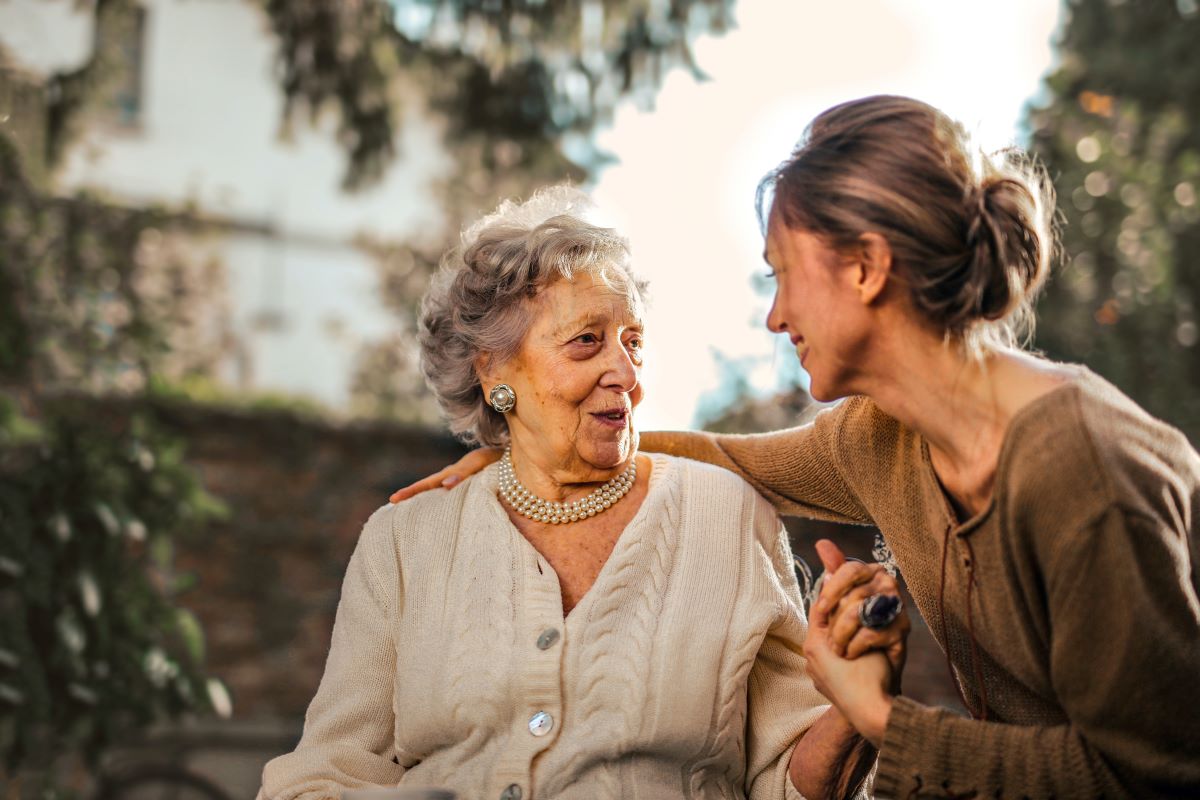The saying goes that charity begins at home, but statistics also reveal that so does caregiving. According to the National Alliance for Caregiving, nearly 30% of the US adult population is taking care of a disabled or sick relative. That’s equivalent to over 65 million.
Further, the average lifespan of an American is increasing. Therefore, the demand for healthcare and caregiving will also likely soar.
For an entrepreneur, what is the value of this information? A healthcare franchise opportunity like senior care is a lucrative business idea. Household members will need all the support they can get to oversee the needs of their loved ones.
Who Are the Family Caregivers?
There are at least four types of caregivers, but the most common are the informal. These are the family members who take care of their sick or disabled loved ones without payment. They provide a variety of services to meet the needs of the ones they’re looking after:
- Emotional support and companionship
- Physical help, such as getting out of the bed, taking a bath, eating, driving, and completing routine tasks in the home
- Financial assistance, like extra money for treatment, medications, and therapy
- Liaison between the medical team and the patient
- Decision-maker if appointed in a medical directive
- Spiritual support
While many caregivers manage one patient, about 22% end up taking care of two, who are usually both their parents. Over 5%, meanwhile, tend to three people.
Most caregivers maintain their roles for about 4 years. Around 15% had to provide care for a decade or more while 24% take care of these patients for over 5 years.
The economic contribution of informal caregiving is also huge. According to the AARP Public Policy Institute, the estimated value in 2013 already reached $470 billion. The amount had also been increasing over the last 10 years prior to 2013. In fact, the value of unpaid care was more than the spending on Medicare or paid home care.
Taking a Toll on the Women
Moreover, although anyone can be a caregiver—over a million are caregiving youths, whose ages are between 8 and 18 years old—the vast majority are females. According to the Family Caregiver Alliance, they account for as much as 68% of informal carers in the United States.
Men do help out, but they often handle assistance arrangements and finances. This leaves the women handling the remaining tasks. These include activities that demand brawn or physical strength like lifting the patient.
Because of the long list of to-dos and the kind of support they extend to their loved ones, the women caregivers are also more likely to spend more time than the men. On average, females provide over 20 hours of care compared to only 17 hours of males.
Even with the big responsibility, women still handle other responsibilities. The Family Caregiver Alliance revealed that these carers are still part of the workforce or parents. Doing the math, if a female has a full-time job that’s good for 8 to 9 hours and they render at least 20 hours a week of care, it means that about half of their day is dedicated to managing their responsibilities.
Unfortunately, in many situations, work and caregiving can also clash. In a national study, caregiving demand could result in over 30% of decreased work hours for the female caregivers. Nearly 30% also passed up on promotion, training, or assignment that could take more time away from the care recipient.
About 15% had to switch from a full-time to a part-time job, while 16% quit their jobs and 13% retired early. These work changes can add to the financial and social burdens for women.

What Can the Rest Do?
Caregiving can take a toll on anyone, especially on women who render the most number of hours and perform some of the most daunting tasks. They are the ones more likely to experience moderate to severe caregiver burnout and lower quality of life.
Fortunately, there are many ways those around them can extend support so they can still fulfill their duties:
- Entrepreneurs can invest more in home health care, especially for seniors. For instance, they can offer temporary companions or helpers when female caregivers have to rest or report to work. ;
- Companies can create more flexible working schedules for women carers. For example, they may render a few hours’ work on weekends when others, like their spouses, can be caregivers.
- Other states can consider providing subsidies or allowances to legitimate informal caregivers. ;
- Provide more tax breaks or incentives to family caregivers, considering their huge contribution to the economy.
When it comes to caregiving, it is not only patients or seniors who need support. So do their carers, especially women. The rest of society can do that.


















